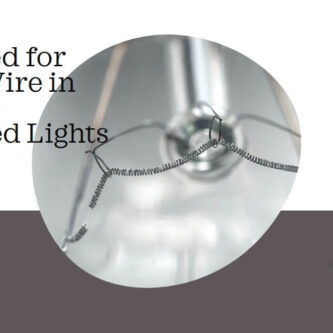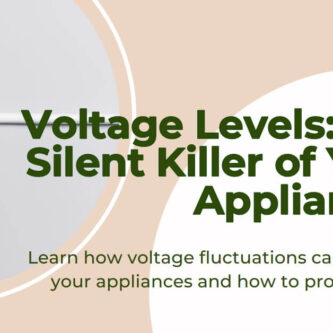Microwaves have become an essential part of modern kitchens, making our daily cooking tasks easier and faster.
But what happens when a power surge hits your microwave? Can it damage the appliance?
Yes, a power surge can potentially damage a microwave by affecting its components, causing electronic malfunction, and internal damage.
It is important to take preventative measures such as using surge protectors, unplugging the microwave during storms, and regular maintenance and care to protect your appliance.
In this article, we will explore the potential damage a power surge can cause to a microwave and how you can protect your appliance.
Introduction
Before we dive into the details of power surges and microwaves, it’s important to understand what a power surge is.
A power surge is a sudden, temporary increase in voltage that can damage electronic devices, including appliances.
Power surges can occur for various reasons, such as lightning strikes, power outages, and faulty wiring. These surges can cause significant damage to appliances, including microwaves.
How a Microwave Works
To understand how a power surge can damage a microwave, it’s essential to know how a microwave works.
Microwaves work by emitting electromagnetic waves that are absorbed by food, causing the water molecules to vibrate and generate heat.
The microwave oven consists of several key components, including a transformer, a magnetron, and a high-voltage capacitor.
Power Surge Damage to Microwaves
Power surges can cause significant damage to microwaves, affecting their performance and lifespan. Here are some ways power surges can damage your microwave:
- Component Damage: Power surges can damage the components of a microwave, such as a transformer, magnetron, and high-voltage capacitor. These components are crucial to the microwave’s operation, and if they are damaged, the microwave may not work correctly.
- Electronic Malfunction: Power surges can cause electronic malfunctions in the microwave’s control panel or display. These malfunctions can cause the microwave to stop working, display error messages, or even catch fire.
- Internal Damage: Power surges can cause internal damage to the microwave’s wiring, which can cause the appliance to malfunction or even become a safety hazard.
Read also my comprehensive article: Don’t Let Voltage Drops Damage Your Microwave.
Preventing Power Surge Damage to a Microwave
To prevent power surge damage to your microwave, there are several steps you can take:
- Surge Protectors: One of the best ways to protect your microwave from power surges is to use surge protectors. Surge protectors are designed to protect electronics from power surges by diverting excess voltage away from the appliance. You can purchase surge protectors from any hardware store, and they are relatively inexpensive.
- Unplugging: Another way to protect your microwave from power surges is to unplug it during a storm or when you’re not using it. This will ensure that no power surges can damage the appliance.
- Maintenance and Care: Proper maintenance and care of your microwave can also help prevent power surge damage. Regularly cleaning the appliance, checking for loose or damaged wiring, and ensuring proper ventilation can all help protect your microwave from damage.
Conclusion
In conclusion, power surges can cause significant damage to microwaves, affecting their performance and lifespan.
To protect your appliance, it’s essential to take the necessary steps to prevent power surge damage, such as using surge protectors, unplugging the appliance during storms, and regular maintenance and care.
By taking these steps, you can ensure that your microwave stays in good working condition and lasts for years to come.



